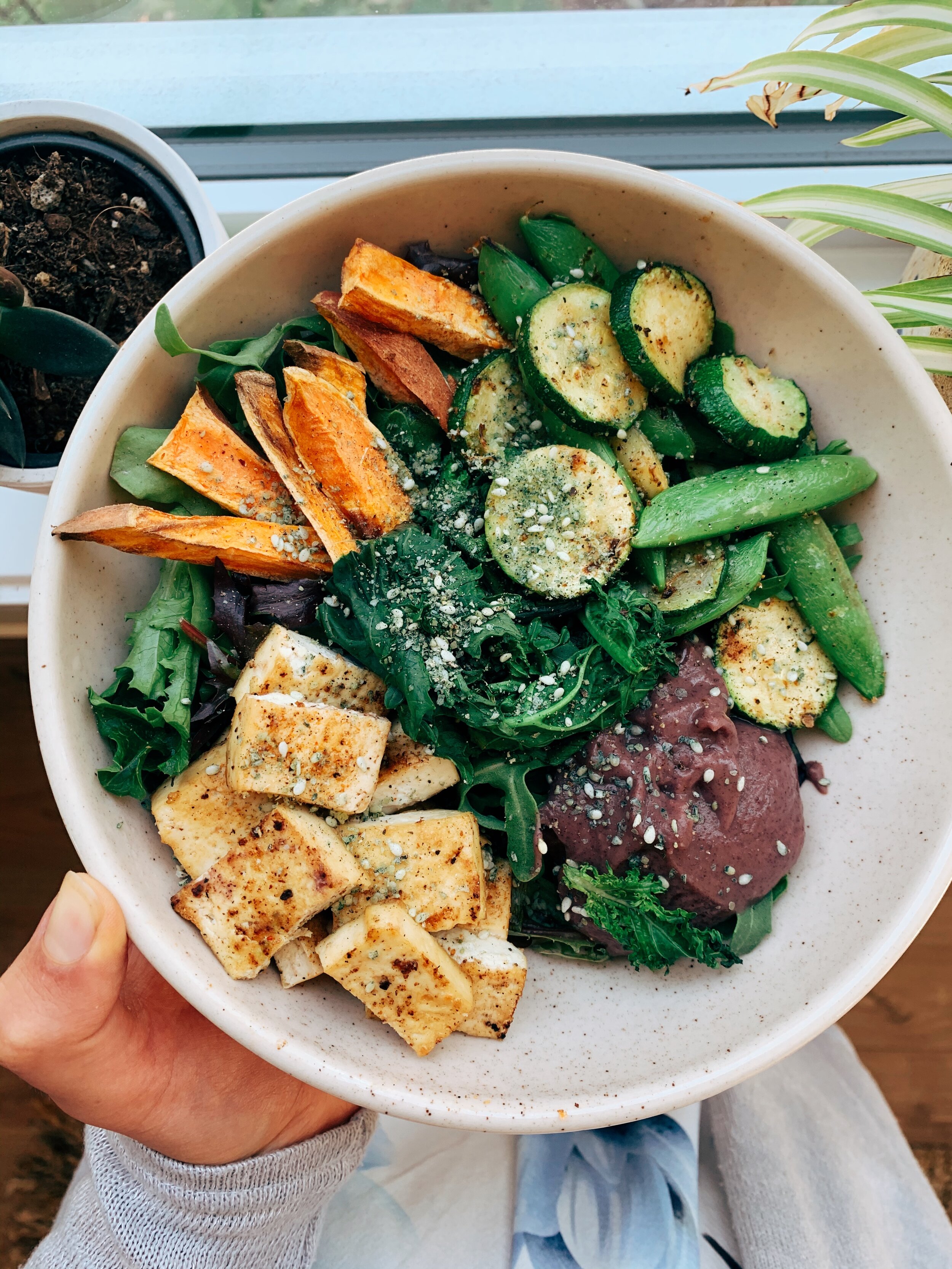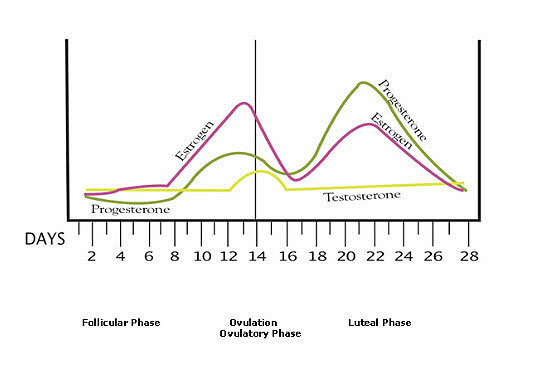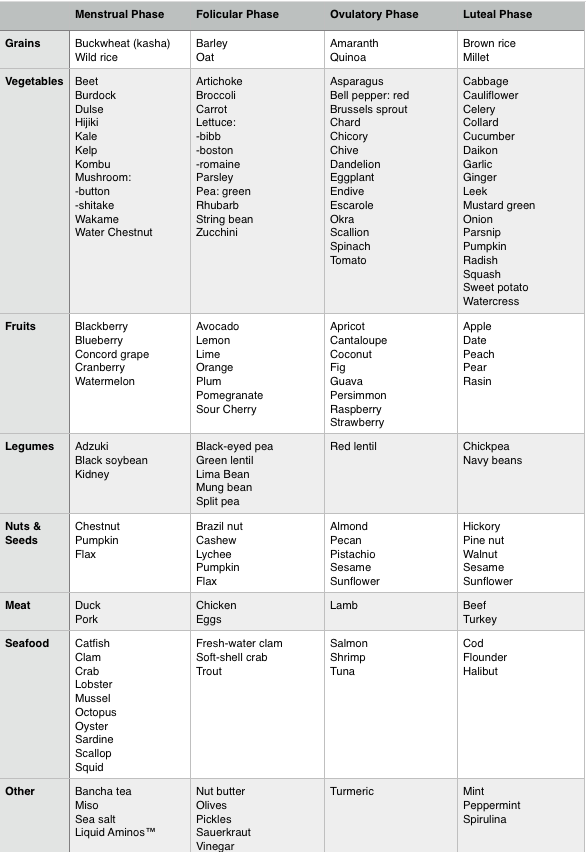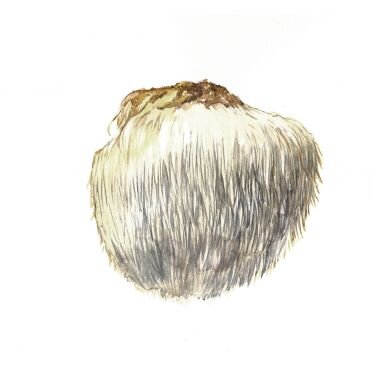Tips for the Autumn Transition
/As we enter September, the earth begins to shift. You may notice an early morning chill hanging in the air, the trees slowly beginning to release their leaves, the soft change of colours, and the sun sinking a little sooner each evening. As human beings, we too feel this stirring deep within. When we slow down and tune into our body, we remember just how connected we are to the earth and her rhythms. And when we can attune ourself to nature’s cycles, we bring harmony and balance within and without.
As we ease into this new month, celebrate the remainder of Summer’s abundance, savour the last few days of warmth, and welcome the Autumn season with open arms.
In Traditional Chinese Medicine, the special period of time between Summer’s ending and Autumn’s beginning is known as “Late Summer”. This fifth season is a particularly significant period, as the fading warmth and coming darkness can be a shock to our system. Late Summer represents the Stomach and Spleen, and imbalances in this area can lead to low energy, digestive troubles, and blood sugar imbalance. In Vedic culture, the beginning of Autumn is ruled by ‘Vata’, and imbalances can lead to poor circulation, internal and external dryness, low body temperate, and feeling ungrounded, unsettled. flighty, and spacey.
While I deeply love this time of year, I also acknowledge the importance of intentionally supporting ourself through seasonal transitions by implementing small shifts in our day-to-day routine. The following tips offer extra support to our body, digestive health, internal warmth, and emotional well-being during this time, and make the significant transition just a little easier.
Forgo cold water, and instead sip on herbal teas, warm water, and broths throughout the day. While cold liquids can lead to stagnation and slow digestion, warm liquids increase internal warmth and awaken our digestive “fire”.
Begin to incorporate warmer foods & meals each day, such as roasted root vegetables, winter squashes, pumpkin, porridge, soups stews, and stewed or baked fruits.
Include grounding herbs like nettles and warming spices such as cinnamon, ginger, & nutmeg to increase internal warmth and circulation.
Favour local, in-season produce. The plants that grow in your area during this time of year contain the optimal nutrients and energetic qualities needed to support our bodies this season!
Cook with healthy fats such as ghee, olive, coconut, and avocado oil, and incorporate organic nut and seed butters to prevent dryness and promote lubrication
Carve out moments of stillness in your day-to-day life, and practice grounding rituals such as forest walks, forest bathing, journaling, time for reflection, warm baths with epsom salts, and Yin yoga. These gentle practices cultivate a sense of internal peace, and balance out the airiness of “Vata” energy.
Create a nourishing and restorative evening routine with candles, soft music, cozy blankets, and a favourite book. As your body begins to crave extra sleep, honour it.































































